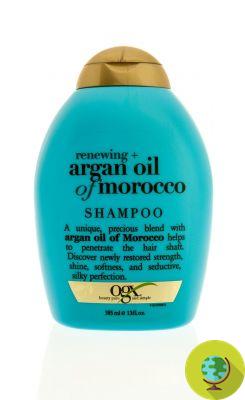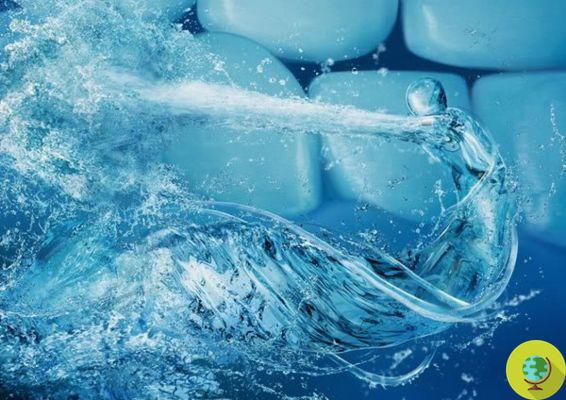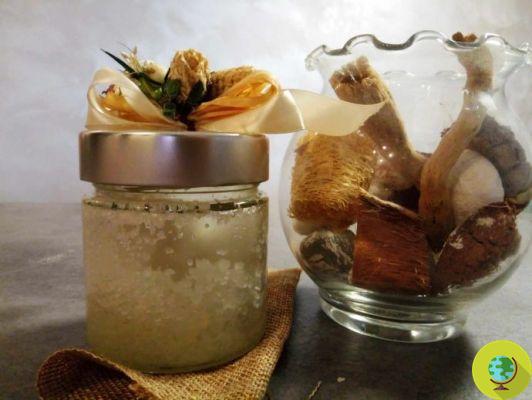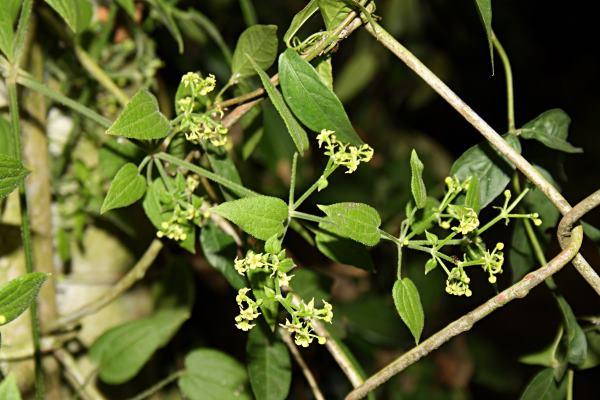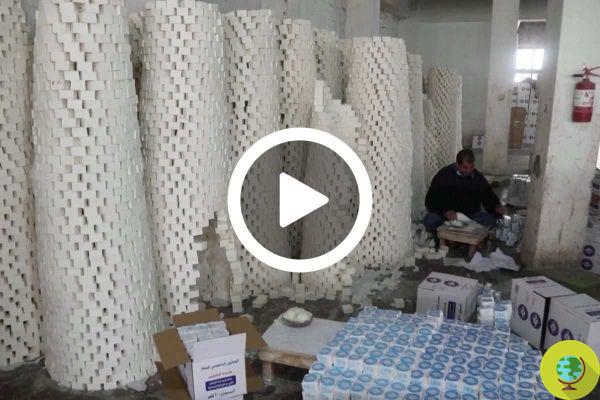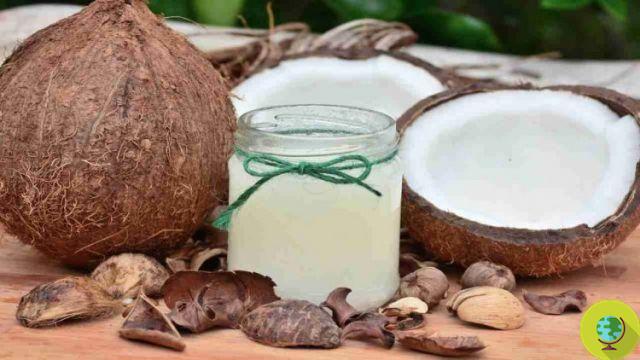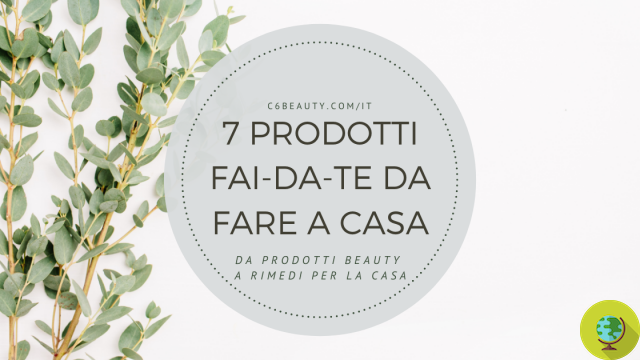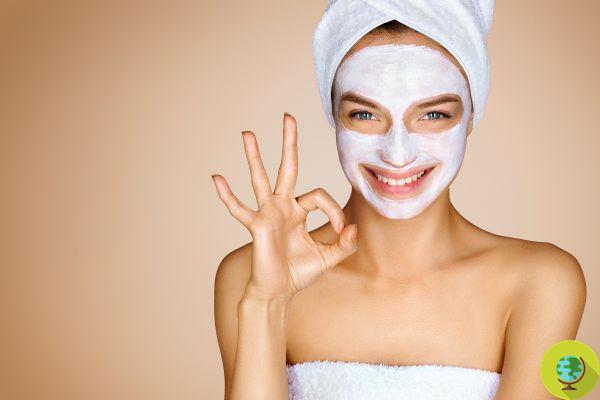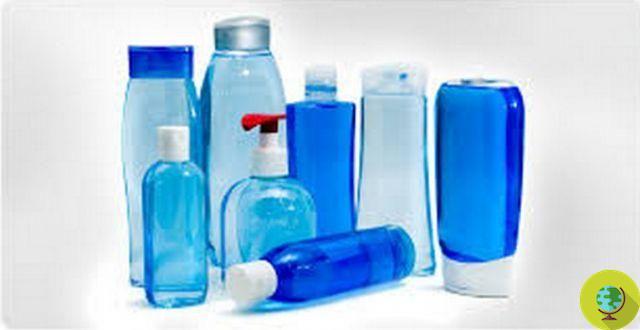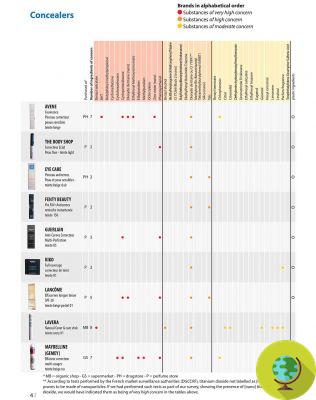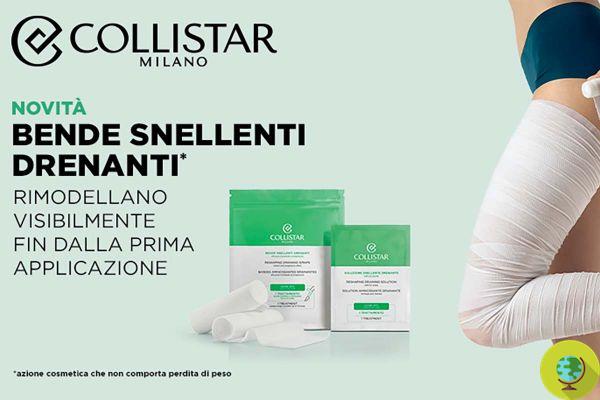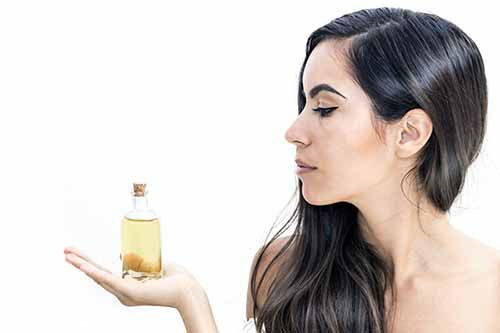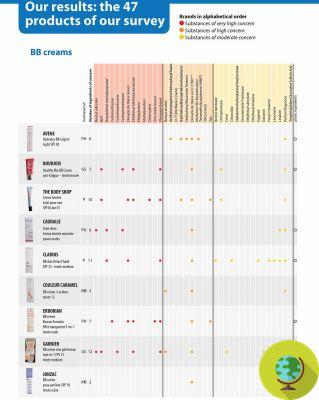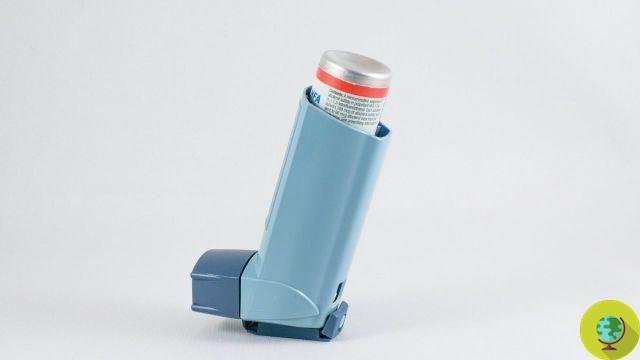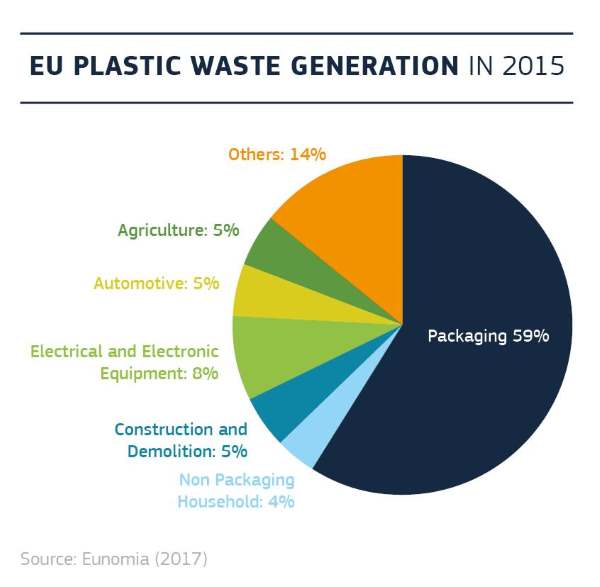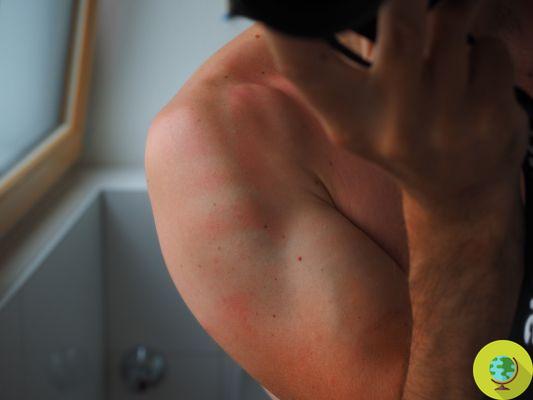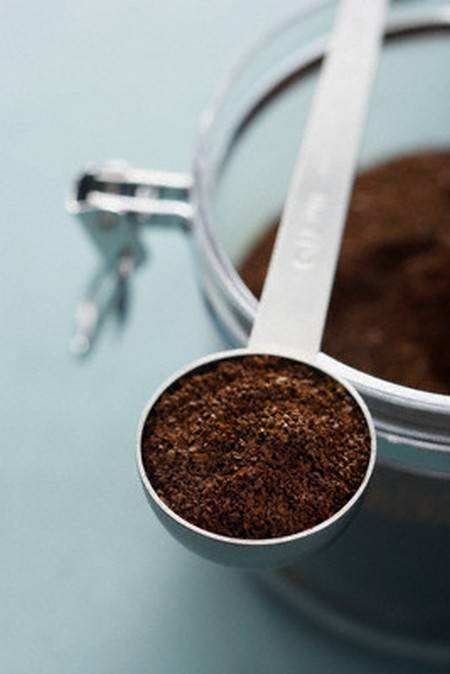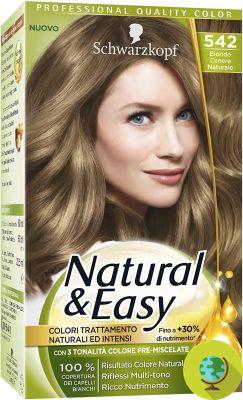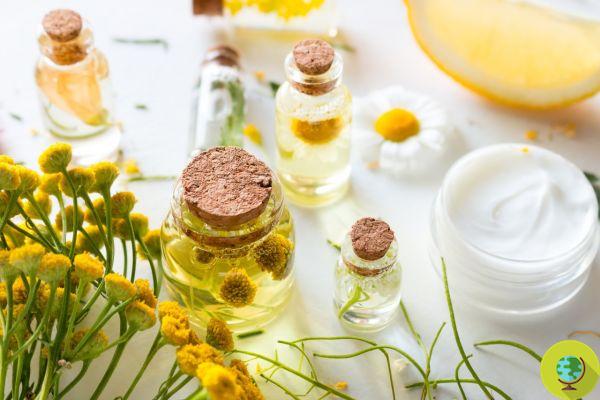
How to create beauty products for the skin and body that are natural, healthy and safe for our health? Here are some golden rules to follow to properly store DIY cosmetics.
Don't store avocado like this: it's dangerousHome made cosmetics is a more natural and often cheaper alternative to industrial cosmetics. There are millions of recipes for homemade beauty products on the internet: from the use of fruit, to essential oils, to chia seeds and flax seeds. Nature offers us an infinite range of possibilities!
However, one of the most delicate aspects is the conservation of these products. In fact, chemical preservatives are used in the cosmetics industry that keep the product longer. These preservatives are stabilizers, antioxidants and even bactericides. On the one hand they protect the product, on the other, however, they make it more aggressive on the bacterial flora that protects our skin. How then to create beauty products for the skin and body that are natural, healthy and safe for our health? Here are some golden rules to follow to properly store DIY cosmetics.
Index
Expiration of ingredients
The first thing to do is to look carefully at the expiration date of the ingredients we use. Especially for fresh products such as fruit or yogurt. When stored in the fridge, fruit-based cosmetics can last for a couple of days. However, it is best to make sure that the appearance, texture and smell have not changed. If we make a nice mask based on avocado and strawberries, it is better to use it only on that occasion and avoid storing it for a long time!
Water, the main contaminant
We avoid using water in our homemade cosmetics. In fact, water is one of the first contaminating elements due to bacterial proliferation. The water would then have to be distilled or sterilized and in any case, not even an antioxidant could prevent the formation of bacteria. Therefore, if our product contains water it will have to be very short-term or we will have to add antibacterial and antifungal preservatives.
Apart from the ingredients, it is still best to avoid touching the products with wet hands. It is therefore advisable to use a spatula or a dispenser.
Storage containers
The container should also be sterilized. It is advisable to use hermetically sealed glass jars that have been previously sterilized or, better still, dispensers with a vacuum pump system. In this way we will also protect the product from contact with air.
Storage
Homemade cosmetics, if made from fresh ingredients, must be kept in the fridge, away from light and, as written above, protected from contact with water. In this case, the storage period must not exceed that of the expiration date of the ingredients. If, on the other hand, it is a powder product, it is best to keep it in airtight jars and in dry and safe places. The expiration date will always be that of the ingredient which expires first.
Antioxidants
The main natural antioxidants used in home cosmetics are vitamin E, grape seed oil and rosemary oleoresin. These substances, in the correct quantities, allow a better preservation of the characteristics of the fresh ingredient. However, they do not prevent the formation of bacteria, yeasts and fungi.
Antiseptic preservatives
If the product contains water or we want to make sure it has a long shelf life, for example if we want to sell them, we can use broad spectrum antiseptic preservatives. These, unlike antioxidants, prevent the formation and proliferation of bacteria. The most natural are a solution of benzyl alcohol, salicylic acid, glycerin and sorbic acid. They are substances that occur in nature and are usually used in the processing of oil and water-based products. Another compound is dehydroacetic acid with benzyl alcohol.
These substances, although natural, can be harmful if used incorrectly. For this reason it is always advisable to use them in the correct quantities and following only those recipes that have scientific confirmation or a medical recommendation.
Follow us on Telegram|Instagram |Facebook |TikTok |Youtube
Fonte: Formula Botanica, the Organic Cosmetic Science School
You may also be interested in:
- Do-it-yourself cosmetics: 2 useful books to start self-producing your beauty products
- DIY Natural Cosmetics: 10 Coconut Milk Recipes
- DIY Cosmetics: Complete personal hygiene kit




